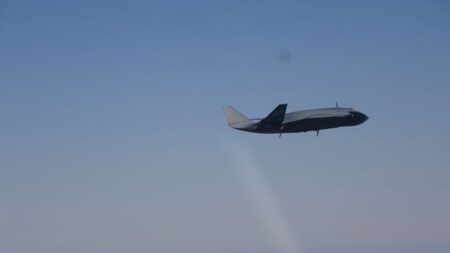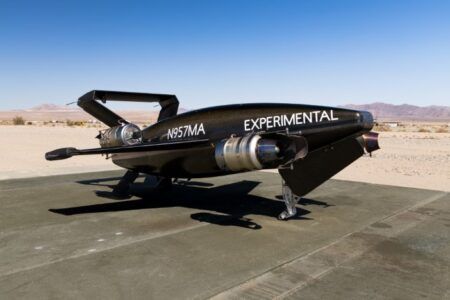Researchers from the University of Zurich have developed and successfully tested an artificial intelligence algorithm that enables drones to navigate urban environments by copying cars and traffic.
For navigation, commercial drones use GPS, which works well at high altitudes. But when drones have to fly independently between buildings or in a dense road network, the risk of collisions with cyclists and pedestrians becomes a danger. So far, commercial drones have not been able to respond quickly to such unforeseen events.
Static and dynamic obstacles
Researchers at the University of Zurich and the National Centre of Competence in Research (NCCR) Robotics in Switzerland have developed the DroNet algorithm, which can guide drones safely through the streets of a city.
Davide Scaramuzza, professor of robotics and perception at the University of Zurich, said, “DroNet detects static as well as dynamic obstacles and reduces the speed to avoid clashes. With this algorithm, we have come a step closer to the goal of independently integrating navigating drones into our everyday lives.”
Artificial intelligence algorithm
Built as a fast, eight-level residual network, the drone generates two outputs from images captured by a camera similar to the cameras found in smartphones. One output is for navigation to fly around obstacles, and one is for collision probability to detect and respond to dangerous situations.
An artificial intelligence (AI) algorithm then evaluates the observed situations. This algorithm consists of a so-called ‘deep neural network’.
“The algorithm learns how to solve complex tasks by means of numerous training examples. It’s like children learning from their parents or teachers,” said Scaramuzza.
Learning from road traffic
One of the biggest challenges of deep learning is to collect examples for the AI to train itself with. In order to collect enough data, the drone followed car and bicycle journeys in urban environments.
By imitating these vehicles, the drone has automatically learned to follow traffic rules, such as, ‘How do I follow the road without getting into oncoming traffic,’ or, ‘How do I stop when obstacles such as pedestrians, construction sites or other vehicles block my way’.
During tests, the researchers were able to show that their drone could navigate roads and cope with completely different environments for which it was never trained, such as in buildings such as parking garages or office buildings.
Full autonomous drones
The study shows how drones can be used in the future for surveillance tasks or parcel deliveries in a busy environment and on rescue missions for emergencies in urban areas.
However, the research team does warn not to exaggerate expectations about the capabilities of the lightweight, inexpensive drones used in their study. “There are still many technological problems to be solved before the most ambitious applications can become a reality,” said researcher Antonio Loquercio.
January 24, 2018




